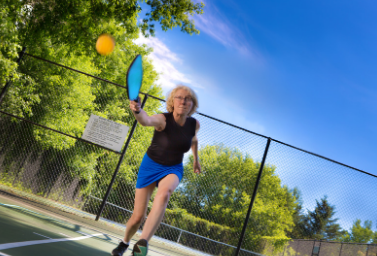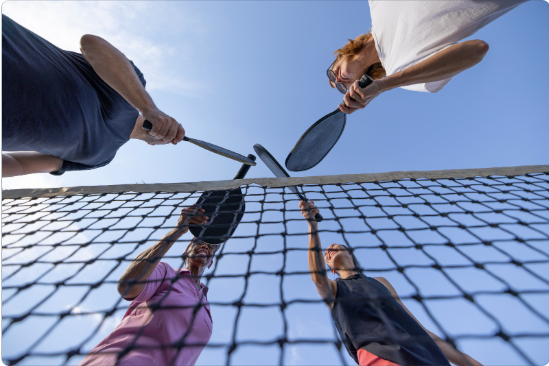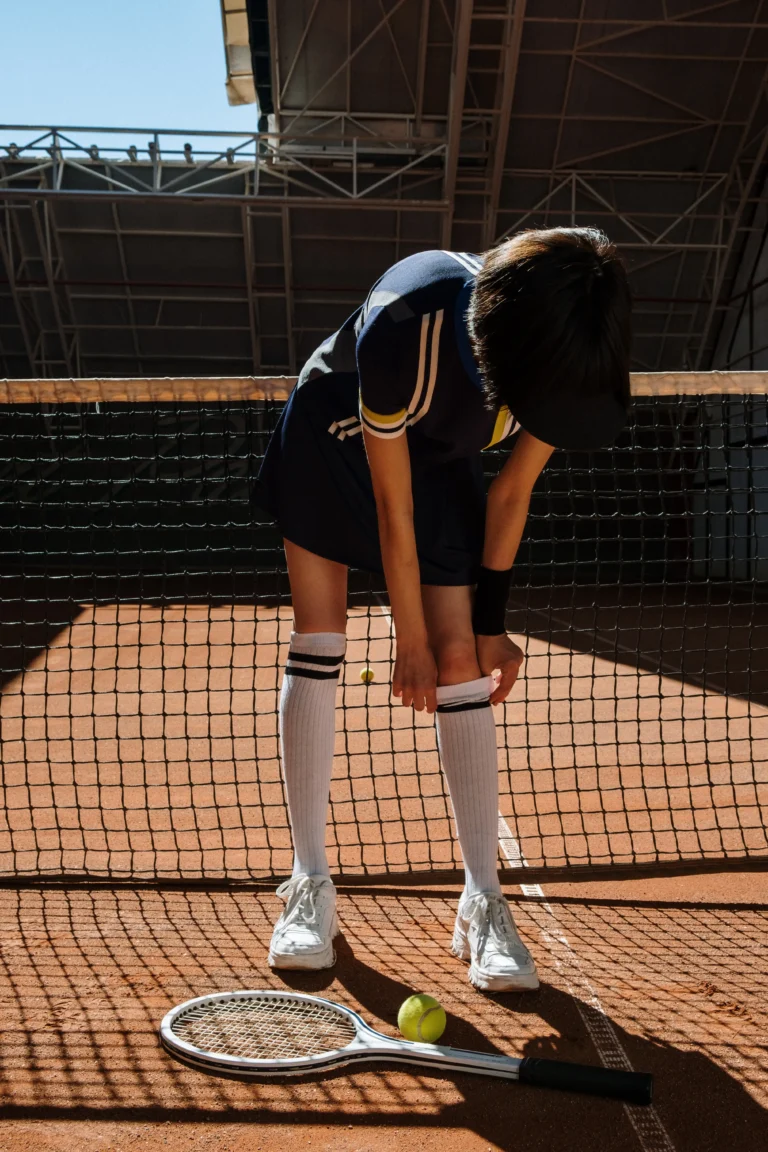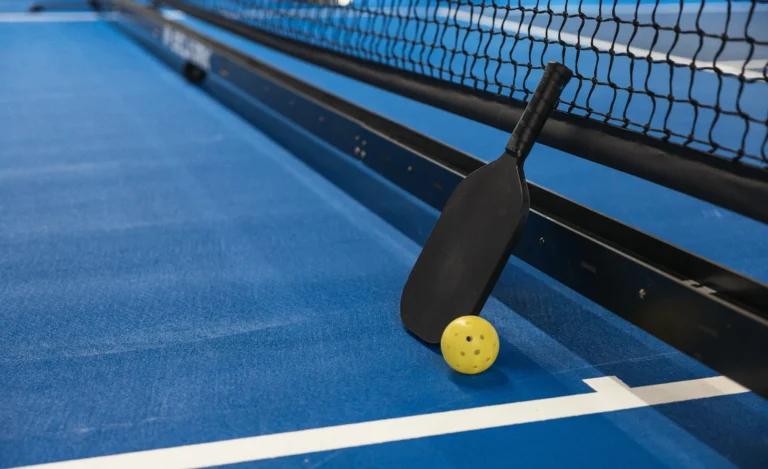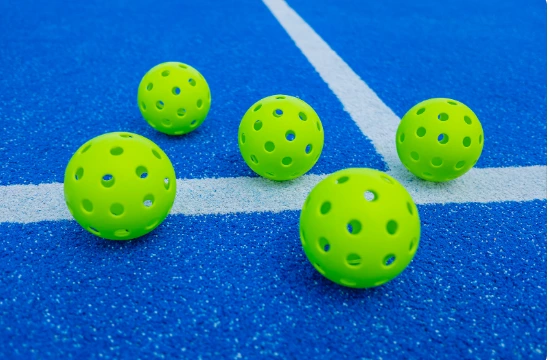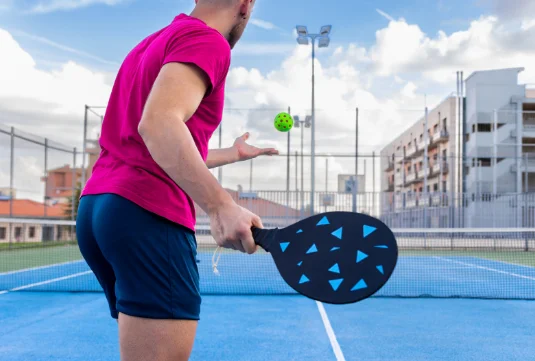Avoiding Faults: The Top Pickleball Rules for Keeping the Ball In Play
Pickleball, a rapidly growing sport that combines elements of tennis, badminton, and table tennis, is beloved for its simplicity and accessibility. However, like any sport, Avoiding Faults: The Top Pickleball Rules for Keeping the Ball In Play. Understanding these rules is crucial for both beginners and seasoned players to enjoy the game fully and compete effectively.
Understanding the Basic Rules of Pickleball
The Serve
The serve in pickleball must be done underhand and the paddle must contact the ball below the waist level. The serve is made diagonally crosscourt and must clear the non-volley zone, commonly known as the kitchen. A serve that lands in the kitchen is a fault.
The Double Bounce Rule
After the serve, the ball must bounce once before the receiving team can hit it, and then it must bounce again before the serving team can hit it. This is known as the double bounce rule and is crucial for rally initiation.
Key Strategies to Avoid Faults
Mastering the Non-Volley Zone
The non-volley zone or the kitchen is a seven-foot area on both sides of the net. Players are not allowed to volley the ball (hit it in the air) while standing in this zone. Stepping into the kitchen and volleying is a common fault that players need to avoid.
Ball Hitting Techniques
Controlled, strategic play often trumps power in pickleball. Developing a soft game, especially near the net, can help in keeping the ball in play and avoiding faults. Learning to dink, a soft shot that lands in the opponent’s kitchen, is a key skill.
Common Faults and How to Avoid Them
Service Faults
Service faults include hitting the ball out of bounds, not clearing the net, or serving before the opponent is ready. Practicing a consistent and controlled serve is essential to avoid these faults.
Line Faults
During play, if a player steps on or crosses the baseline or sideline boundaries, it results in a fault. Awareness and control of court positioning are vital to prevent these errors.
Advanced Rules for Competitive Play
The Non-Volley Zone Rule
In competitive play, the non-volley zone rule becomes even more critical. Players must develop strategies to volley effectively without stepping into the kitchen.
Rally Scoring and Keeping Score
Understanding rally scoring and how to keep score correctly in pickleball can prevent faults related to scoring disputes.
Training and Practice Tips
Drills for Better Court Awareness
Engaging in drills that enhance court awareness can help players avoid common faults. These drills can include practicing serves, volleys, and dinks with a focus on staying within the court boundaries.
Playing Practice Games
Regularly playing practice games can help players internalize the rules and develop an instinct for avoiding faults. It’s also a great way to apply strategies learned in drills.
FAQs
Common Questions About Pickleball Rules
Q :What happens if the ball hits the net on the serve?
Ans :If the ball hits the net but still lands in the correct service court, it’s a let and the serve is replayed.
Q: Can you hit the ball before it bounces?
Yes, but not on the serve or the return of serve due to the double bounce rule.
Q: Is there a limit to how many times the ball can bounce?
The ball must be hit before the second bounce on each side of the court.
Conclusion
In conclusion, understanding and adhering to the rules of pickleball is essential for keeping the ball in play and avoiding faults. Whether you’re a beginner or an experienced player, focusing on the basic rules, developing strategic playing techniques, and practicing regularly can greatly enhance your game. Remember, the key to success in pickleball lies not just in power and agility but in strategic play and a deep understanding of the game’s rules.

